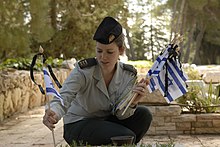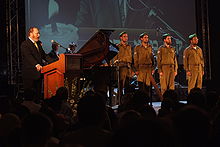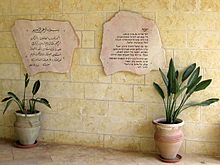
Jewish holidays, also known as Jewish festivals or Yamim Tovim, are holidays observed by Jews throughout the Hebrew calendar. They include religious, cultural and national elements, derived from three sources: mitzvot, rabbinic mandates, the history of Judaism, and the State of Israel.
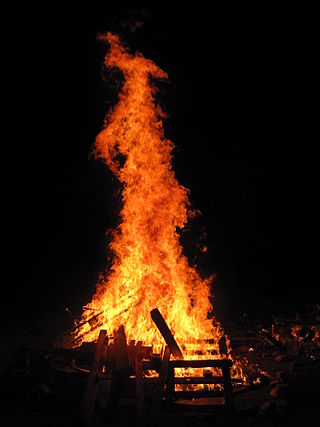
Iyar is the eighth month of the civil year and the second month of the Jewish religious year on the Hebrew calendar. The name is Babylonian in origin. It is a month of 29 days. Iyar usually falls in April–May on the Gregorian calendar.

Yom HaZikaron laShoah ve-laG'vurah, known colloquially in Israel and abroad as Yom HaShoah and in English as Holocaust Remembrance Day, or Holocaust Day, is observed as Israel's day of commemoration for the approximately six million Jews murdered in the Holocaust by Nazi Germany and its collaborators, and for the Jewish resistance in that period. In Israel, it is a national memorial day. The first official commemorations took place in 1951, and the observance of the day was anchored in a law passed by the Knesset in 1959. It is held on the 27th of Nisan, unless the 27th would be adjacent to the Jewish Sabbath, in which case the date is shifted by a day.
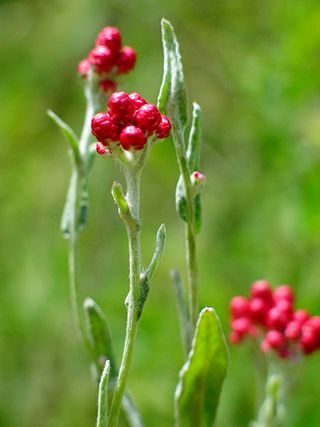
Helichrysum sanguineum, known in English as red everlasting and red cudweed, is a flowering plant of the genus Helichrysum in the family Asteraceae. It grows in mountain forests in the Levant where it blooms in April–June. The flower, known in Hebrew as "Blood of the Maccabees", has become the icon of Yom Hazikaron, Memorial Day for Israel's Fallen Soldiers and Victims of Terrorism.

Jerusalem Day is an Israeli national holiday that commemorates the "reunification" of East Jerusalem with West Jerusalem following the Six-Day War of 1967, which saw Israel occupy East Jerusalem and the West Bank, effectively annexing the former. It is celebrated annually on 28 Iyar on the Hebrew calendar, and is marked officially throughout Israel with state ceremonies and memorial services.

Yom Ha'atzmaut is Israel's national day, commemorating the Israeli Declaration of Independence on 14 May 1948. It is marked by a variety of official and unofficial ceremonies and observances.

Mount Herzl, also Har ha-Zikaron, is the site of Israel's national cemetery and other memorial and educational facilities, found on the west side of Jerusalem beside the Jerusalem Forest.
Day of Remembrance may refer to the following:

Israeli casualties of war, in addition to those of Israel's nine major wars, include 9,745 soldiers and security forces personnel killed in "miscellaneous engagements and terrorist attacks", which includes security forces members killed during military operations, by fighting crime, natural disasters, diseases, traffic or labor accidents and disabled veterans whose disabilities contributed to their deaths. Between 1948 and 1997, 20,093 Israeli soldiers were killed in combat, 75,000 Israelis were wounded, and nearly 100,000 Israelis were considered disabled army veterans. On the other hand, in 2010 Yom Hazikaron, Israel honored the memory of 22,684 Israeli soldiers and pre-Israeli Palestinian Jews killed since 1860 in the line of duty for the independence, preservation and protection of the nation, and 3,971 civilian terror victims. The memorial roll, in addition to IDF members deceased, also include fallen members of the Shin Bet security service, the Mossad intelligence service, the Israel Police, the Border Police, the Israel Prisons Service, other Israeli security forces, the pre-state Jewish underground, and the Jewish Brigade and the Jewish Legion.
Martyrdom in Judaism is one of the main examples of Jews doing a kiddush Hashem, a Hebrew term which means "sanctification of the Name". An example of this is public self-sacrifice in accordance with Jewish practice and identity, with the possibility of being killed for no other reason than being Jewish. There are specific conditions in Jewish law that deal with the details of self-sacrifice, be it willing or unwilling.

A yahrzeit candle, also spelled yahrtzeit candle or called a memorial candle, is a type of candle that is lit in memory of the dead in Judaism.
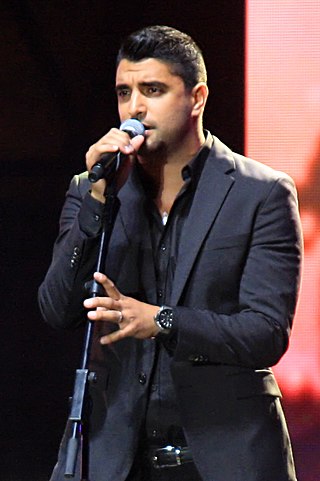
Moshe Haim Peretz is an Israeli Mizrahi music pop singer-songwriter and composer. Beginning in 2013, Peretz acted as judge for The X Factor Israel.
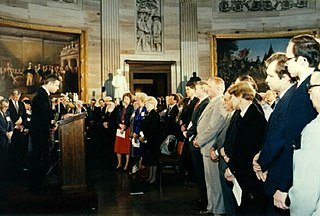
The Days of Remembrance of the Victims of the Holocaust (DRVH) is an annual eight-day period designated by the United States Congress for civic commemorations and special educational programs that help citizens remember and draw lessons from the Holocaust. The annual DRVH period normally begins on the Sunday before the Israeli observance of Yom HaShoah, Holocaust Memorial Day, and continues through the following Sunday, usually in April or May. A National Civic Commemoration is held in Washington, D.C., with state, city, and local ceremonies and programs held in most of the fifty states, and on U.S. military ships and stations around the world. The United States Holocaust Memorial Museum designates a theme for each year's programs, and provides materials to help support remembrance efforts.

The Victims of Acts of Terror Memorial in Israel is a monument to civilian Jewish and non-Jewish victims of terrorism in modern Israel and the pre-state Land of Israel, from 1851 to the present. The memorial was established in 1998 in the National Civil Cemetery of the State of Israel on Mount Herzl, Jerusalem. At the same time, Yom Hazikaron, Israel's Remembrance Day, was officially renamed the Remembrance Day for Fallen Soldiers and Victims of Terror.
"Lay Down Your Arms" is a peace song originally in Hebrew language as תפילה לשלום composed by the Israeli Doron B. Levinson in 1973 in the aftermath of Yom Kippur War when Levinson was temporarily blind at the time, having been injured during the war. The Hebrew lyrics are by Hamutal Ben Zeev-Efron. The song is a tribute to a fallen Israeli soldier. The lyrics written by Hamutal Ben Zeev-Efron are inspired by the Isaiah (2:4) that says "And they shall beat their swords into ploughshares and their spears into pruning hooks; nation shall not lift up sword against nation, neither shall they teach their children war anymore".

Nahalat Yitzhak Cemetery is a Jewish municipal burial ground in the Tel Aviv District city of Givatayim, Israel, east of the Nahalat Yitzhak neighborhood of Tel Aviv. Founded in 1932, it includes more than 30,000 graves, including those of Israeli political and cultural figures, and Rebbes of several Hasidic dynasties. The cemetery contains several tracts of military graves and mass graves of unidentified soldiers from the period of the 1948 Arab-Israeli War. It also features memorials to Jewish communities destroyed in the Holocaust.
Yom is a Biblical Hebrew word which occurs in the Hebrew Bible. The word means day in both Modern and Biblical Hebrew.
Yom rendered as day in English translations from the Hebrew (יום) and Arabic (يوم)

Nasrin Kadri or Nasreen Qadri is an Israeli singer. With a focus on Middle Eastern music and particularly on Mizrahi music, she mostly performs Hebrew songs. However, she also performs Arabic songs, including those by Egyptian singer Umm Kulthum. In 2018, Kadri converted to Judaism from Islam.
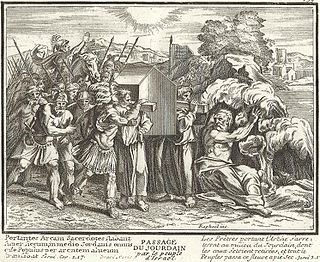
Yom HaAliyah, or Aliyah Day, is an Israeli national holiday celebrated annually according to the Jewish calendar on the tenth of the Hebrew month of Nisan to commemorate the Jewish people entering the Land of Israel as written in the Hebrew Bible, which happened on the tenth of the Hebrew month of Nisan. The holiday was also established to acknowledge Aliyah, immigration of Jews to the Jewish state, as a core value of the State of Israel, and honor the ongoing contributions of Olim, Jewish immigrants, to Israeli society. Yom HaAliyah is also observed in Israeli schools on the seventh of the Hebrew month of Cheshvan.

